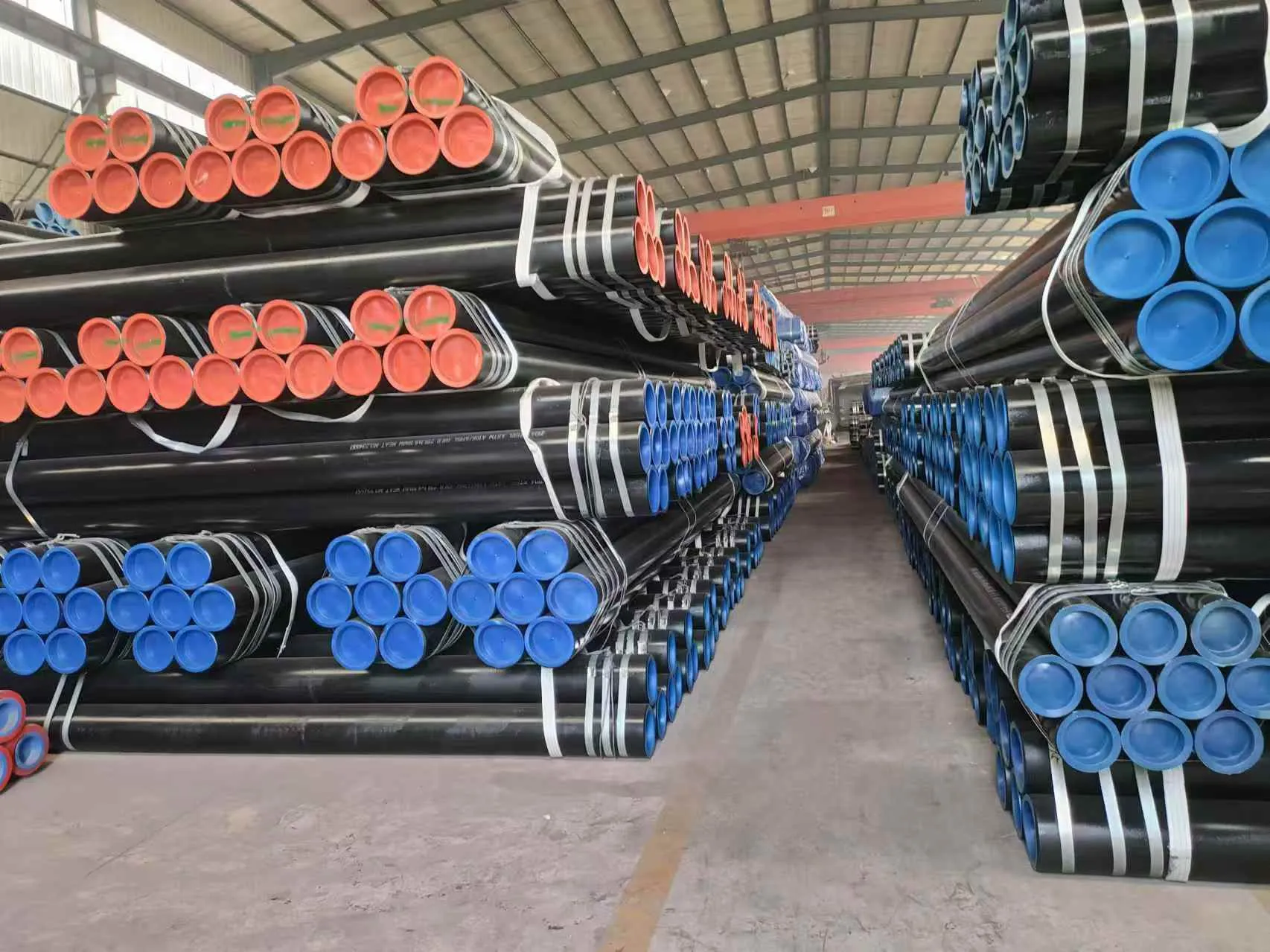-
Cangzhou Yulong Steel Co., Ltd.
-
Phone:
+86 13303177267 -
Email:
admin@ylsteelfittings.com
- English
- Arabic
- Italian
- Spanish
- Portuguese
- German
- kazakh
- Persian
- Greek
- French
- Russian
- Polish
- Thai
- Indonesian
- Vietnamese
- Zulu
- Korean
- Uzbek
- Hindi
- Serbian
- Malay
- Ukrainian
- Gujarati
- Haitian Creole
- hausa
- hawaiian
- Hebrew
- Miao
- Hungarian
- Icelandic
- igbo
- irish
- Japanese
- Javanese
- Kannada
- Khmer
- Rwandese
- Afrikaans
- Albanian
- Amharic
- Armenian
- Azerbaijani
- Basque
- Belarusian
- Bengali
- Bosnian
- Bulgarian
- Catalan
- Cebuano
- China
- China (Taiwan)
- Corsican
- Croatian
- Czech
- Danish
- Esperanto
- Estonian
- Finnish
- Frisian
- Galician
- Georgian
- Kurdish
- Kyrgyz
- Lao
- Latin
- Latvian
- Lithuanian
- Luxembourgish
- Macedonian
- Malgashi
- Malayalam
- Maltese
- Maori
- Marathi
- Mongolian
- Myanmar
- Nepali
- Norwegian
- Norwegian
- Occitan
- Pashto
- Dutch
- Punjabi
- Romanian
- Samoan
- Scottish Gaelic
- Sesotho
- Shona
- Sindhi
- Sinhala
- Slovak
- Slovenian
- Somali
- Sundanese
- Swahili
- Swedish
- Tagalog
- Tajik
- Tamil
- Tatar
- Telugu
- Turkish
- Turkmen
- Urdu
- Uighur
- Welsh
- Bantu
- Yiddish
- Yoruba

Dec . 01, 2024 21:47 Back to list
Understanding Flange Class 600 Specifications and Applications in Industrial Settings
Understanding Flange Class 600 Specifications and Applications
Flanges are vital components in piping systems, providing a method for connecting pipes, valves, pumps, and other equipment to form a complete system. Among the various types of flanges, Class 600 flanges are of notable importance due to their performance in high-pressure environments. In this article, we will delve into the specifications, manufacturing standards, and applications of Class 600 flanges.
What is a Flange Class 600?
Flange Class 600 refers to a flange that is designed to operate at a maximum pressure rating of 600 psi (pounds per square inch) at a specific temperature. The classification of flanges is determined by the American National Standards Institute (ANSI) and is widely used in industries requiring reliable sealing and connection under high-pressure conditions. Class 600 flanges are typically used in industrial applications where the media being transported could be gas, steam, or liquid.
Specifications of Class 600 Flanges
Flanges are categorized based on several factors, including material, size, pressure rating, and temperature rating. Class 600 flanges are available in various materials such as carbon steel, stainless steel, and alloy steel, each suitable for different applications and environments.
Material Types
1. Carbon Steel These flanges are commonly used for general applications. They are strong and resistant to wear, making them suitable for high-pressure systems.
2. Stainless Steel Known for its corrosion resistance, stainless steel Class 600 flanges are ideal for applications involving corrosive substances, such as chemicals or saline solutions.
3. Alloy Steel Alloy flanges offer superior strength and resistance to high temperatures and harsh environments, making them suitable for power plants and heavy manufacturing.
Size and Dimensions
Class 600 flanges come in various sizes, commonly ranging from 1/2 inch to 24 inches in diameter. The dimensions are standardized to ensure compatibility with pipes and other fittings. These flanges also follow specific thickness and bolt hole specifications based on the ANSI B16.5 standard.
flange class 600

Temperature and Pressure Ratings
The temperature ratings for Class 600 flanges typically range from -29°C to 150°C (-20°F to 300°F), although this may vary based on the flange material. The associated pressure rating is 600 psi. Understanding both pressure and temperature limits is crucial for ensuring the safety and reliability of the piping system.
Manufacturing Standards
Class 600 flanges are usually manufactured following industry standards, including ANSI/ASME B16.5 for flanges up to 24 inches. Adherence to these standards ensures quality, safety, and compatibility across different manufacturers and components.
Applications of Class 600 Flanges
Due to their superior strength and reliability, Class 600 flanges are employed in various industries, including
- Oil and Gas High-pressure pipelines often require Class 600 flanges to connect various components of the system securely. Their robust design ensures that they can handle the intense pressures involved in oil and gas extraction and transportation.
- Chemical Processing In chemical plants, these flanges are used to connect storage tanks, reactors, and pipelines that transport corrosive and hazardous materials.
- Power Generation Class 600 flanges are crucial in power plants, particularly in steam lines and cooling systems, where high pressures and temperatures are prevalent.
- Water Treatment In municipal water treatment facilities, Class 600 flanges facilitate high-pressure connections in pumping and filtration systems.
Conclusion
Flange Class 600 plays a significant role in modern industrial applications, providing reliable connections under high-pressure conditions. Understanding their specifications, material types, and suitable applications is essential for engineers and maintenance professionals to ensure the efficiency and safety of piping systems. By adhering to industry standards, manufacturers ensure that these flanges meet the rigorous demands of various sectors, contributing to the integrity of critical infrastructure worldwide.
Latest news
-
ANSI 150P SS304 SO FLANGE
NewsFeb.14,2025
-
ASTM A333GR6 STEEL PIPE
NewsJan.20,2025
-
ANSI B16.5 WELDING NECK FLANGE
NewsJan.15,2026
-
ANSI B16.5 SLIP-ON FLANGE
NewsApr.19,2024
-
SABS 1123 FLANGE
NewsJan.15,2025
-
DIN86044 PLATE FLANGE
NewsApr.19,2024
-
DIN2527 BLIND FLANGE
NewsApr.12,2024
-
JIS B2311 Butt-Welding Fittings LR/SR 45°/90° /180°Seamless/Weld
NewsApr.23,2024











